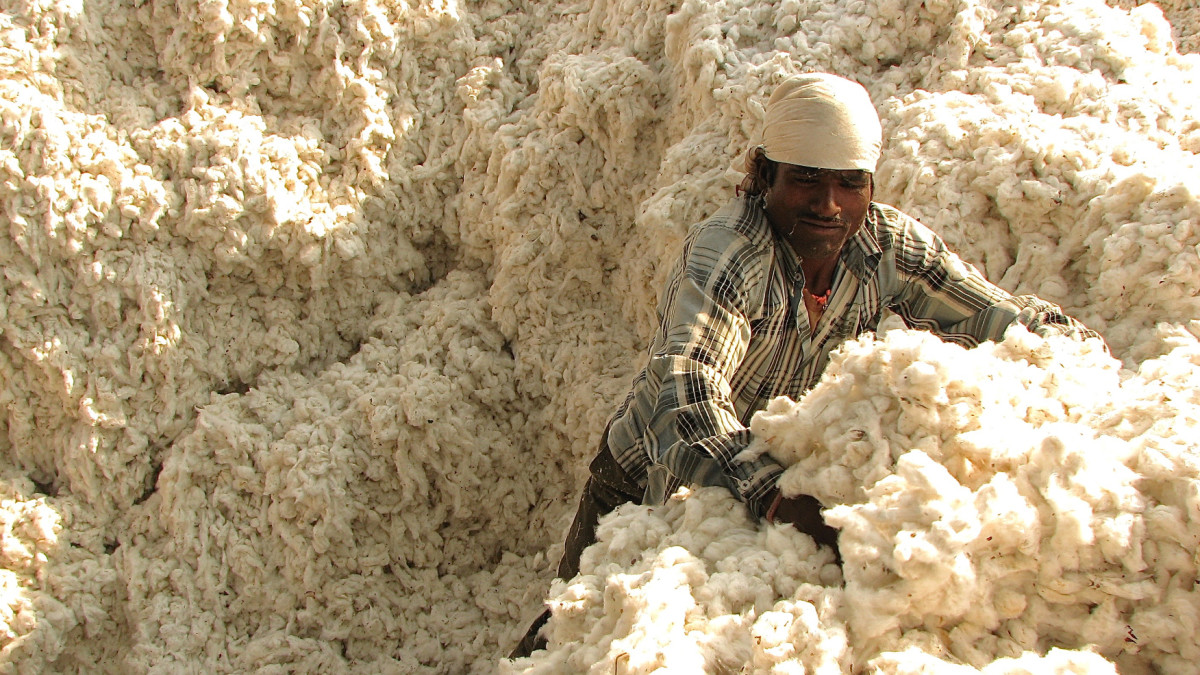
“The main reason why India has been unable to harness the full potential of Bt cotton technology is that it got caught in the hybrid trap,” writes K. R. Kranthi, eminent entomologist and Director of the Central Institute for Cotton Research (CICR), Nagpur. Dr Kranthi writes that “only India cultivates Bt cotton hybrids, whereas other countries grow ‘straight’ varieties.”
This view of Dr Kranthi is significant, given that there is a widespread argument that Bt cotton is a “failure” in India. An important lesson from his article (link below) is that analysis of the performance of Bt cotton in India cannot be divorced from the political economy of agricultural science policy.
The idea that varieties are better than hybrids in the rain fed conditions of India has emerged as the considered position of the scientists in India’s national agricultural research system (NARS). They argue that there are many advantages of Bt varieties over Bt hybrids. Some of them are listed below:
-
In a variety, the Cry toxin is always in the homozygous condition, while in a hybrid, the Cry toxin is in a hemizygous condition. This means that, in a variety, the two alleles in the chromosome are in AA or aa condition. In a hybrid, only A or a is present. As a result, homozygous varieties produce far higher levels of Bt toxin compared to hemizygous hybrids. For the layperson, the implication is that the boll worm is more easily destroyed in a variety than in a hybrid.
-
Studies at CICR have shown that inside the cotton bolls, the cry toxins of Bt varieties do not segregate easily (segregation refers to the separation of genes and their respective alleles into new daughter cells), while they do segregate in a Bt hybrid. As a result, in a hybrid, the bolls are more vulnerable to worm-feeding than in a variety, as segregation kills the dominant effect of the toxic allele.
-
The seeds of a variety can be saved and re-used by farmers, thus reducing seed costs.
-
A Bt variety allows a plant density that is 20-30 per cent higher than in a Bt hybrid, thereby allowing higher yields.
-
Because of better toxicity in a variety, pesticide use can more easily be reduced in a variety than in a hybrid. In fact, hybrids are highly susceptible to sucking pests, which is what drives the pesticide use high, even as boll worm pesticides are used in lower quantities. Immunity to sucking pests is better achieved in a variety than a hybrid.
For these reasons, the argument of agricultural scientists within the NARS has been that the public sector should concentrate on variety production. However, in India, agricultural research policy now favours private sector research and cuts back funding to(and the autonomy of) public sector research institutions.
It is noteworthy that, in China, Brazil and Pakistan, Bt varieties and not hybrids have driven yield increases. In China, the Chinese Academy of Agricultural Sciences (CAAS), which pioneered Bt seed production and has almost driven Monsanto out of the Chinese market, did not concentrate on hybrid seed production for the reasons listed above. Bt varieties (as opposed to hybrids) have taken over most of the area sown to cotton in China, while the reverse is true in India.
Dr Kranthi discusses these issues in this important article.
About the author
R Ramakumar is a Professor at the Tata Institute of Social Sciences, Mumbai.












































































